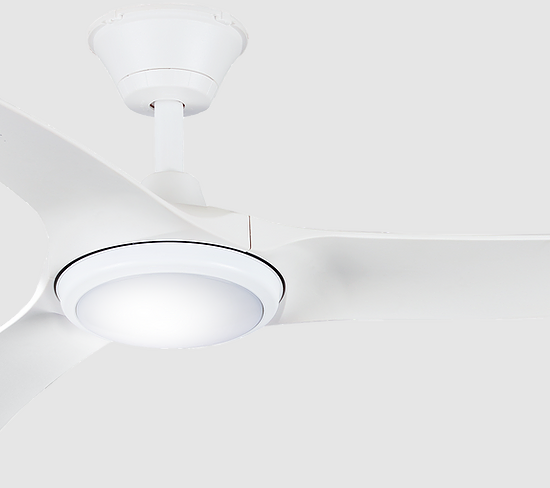There is nothing quite like the warmth and ambience of a crackling wood fire on a cold winter's night. Wood fireplaces offer several benefits, including:
- Low Operating Costs: One of the most significant benefits of a wood fireplace is that it's cheaper than a gas fireplace. Wood is relatively inexpensive, and once you've invested in a wood-burning fireplace, there are no ongoing costs apart from the wood itself.
- Aesthetic Appeal: Many people prefer the look and feel of a wood fire to a gas fire. The sound of crackling wood and the smell of burning logs can create a cosy and inviting atmosphere in your home.
- Backup Heating: Wood fireplaces can provide heat during power outages, making them a reliable backup heating source.
Drawbacks of Wood Fireplaces
While wood fireplaces have their benefits, they also have some drawbacks, including:
- High Maintenance: Wood fireplaces require regular cleaning and maintenance to ensure they operate safely and efficiently. You'll need to have your chimney cleaned at least once a year, and you'll need to remove ashes and clean the firebox regularly.
- Pollution: Wood-burning fireplaces can produce smoke and other pollutants that harm the environment and your health. They can also contribute to air pollution in urban areas.
Benefits of Gas Fireplaces
Gas fireplaces offer several benefits, including:
- Convenience: Gas fireplaces are incredibly convenient to use. You turn them on and off with a switch or remote control, and you don't need to collect or store firewood.
- Low Maintenance: Gas fireplaces require much less maintenance than wood fireplaces. There's no ash to clean up, and you don't need to have your chimney cleaned regularly.
- Energy Efficient: Gas fireplaces are more energy-efficient than wood fireplaces. They can be up to 75% efficient, which means that 75% of the heat they produce goes into your home, compared to only 10-30% for wood fireplaces.
Drawbacks of Gas Fireplaces
While gas fireplaces have their benefits, they also have some drawbacks, including:
- Higher Operating Costs: Gas fireplaces are more expensive than wood fireplaces. While gas is generally cheaper than wood, you'll need to pay for the gas supply and installation of the gas fireplace.
- Less Aesthetic Appeal: While gas fireplaces can be designed to look like wood fireplaces, they don't have the same aesthetic appeal as a real wood fire.
- No Backup Heating: Gas fireplaces require electricity, so they won't provide heat during a power outage.
Which is Better: Wood or Gas Fireplaces?
Ultimately, deciding between a wood or gas fireplace will come from personal preferences and priorities. If you prioritise aesthetic appeal, eco-friendliness, and backup heating, then an inbuilt wood fireplace in Australia might be your best choice. However, a gas fireplace might be the better option if you prioritise convenience, low maintenance, energy efficiency, and safety.
It's also worth considering your budget and the availability of natural gas in your area. While wood fireplaces are generally cheaper, gas fireplaces may be more cost-effective in areas where natural gas is readily available.
When purchasing a fireplace, it's essential to do your research and choose a reputable supplier. HomeFires is a leading supplier of fireplaces in Australia, offering a wide range of options, including inbuilt wood fireplaces, gas fireplaces, and more. They provide high-quality products and excellent customer service, making them a reliable choice for your fireplace needs.
In conclusion, both wood and gas fireplaces have their benefits and drawbacks. It's up to you to weigh these and make an informed decision based on your preferences and priorities. Whatever you choose, make sure to choose a reputable supplier like HomeFires to ensure that you get a high-quality product that will provide warmth and comfort for years to come.






Comments